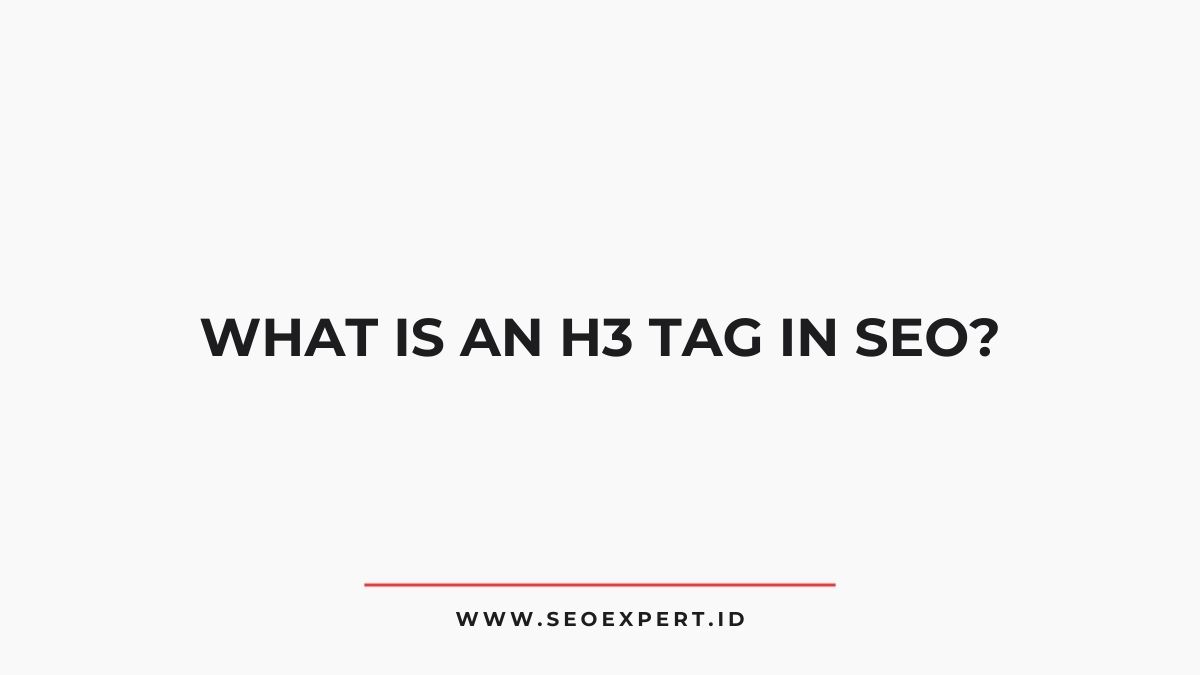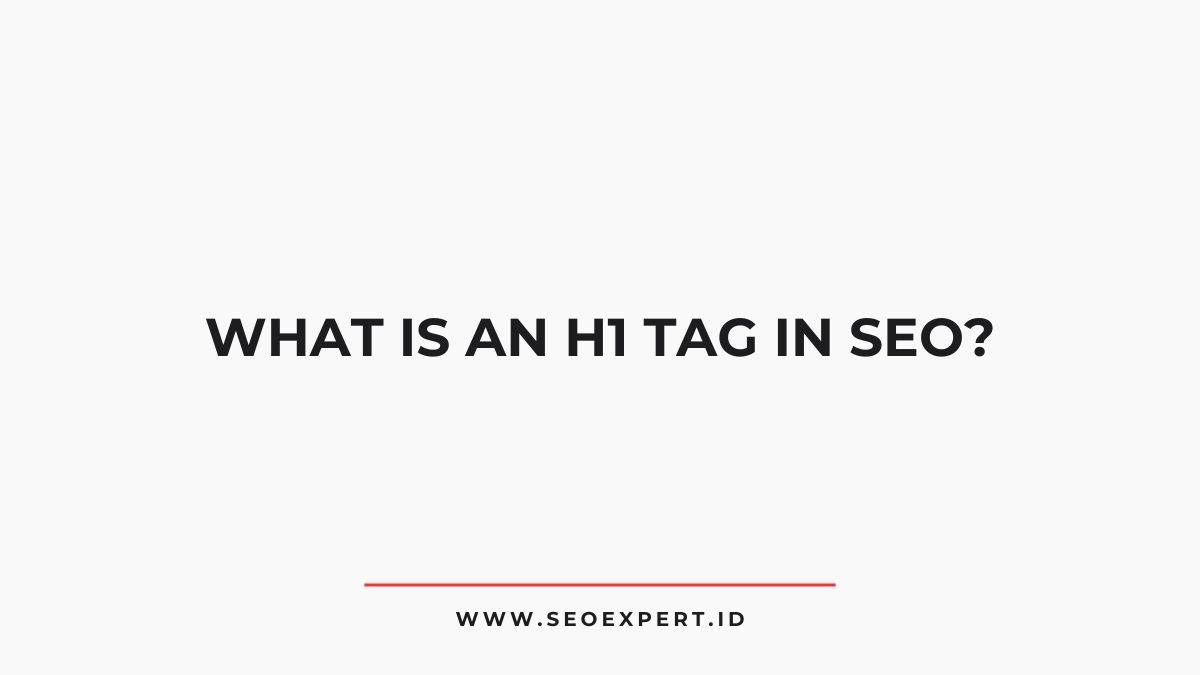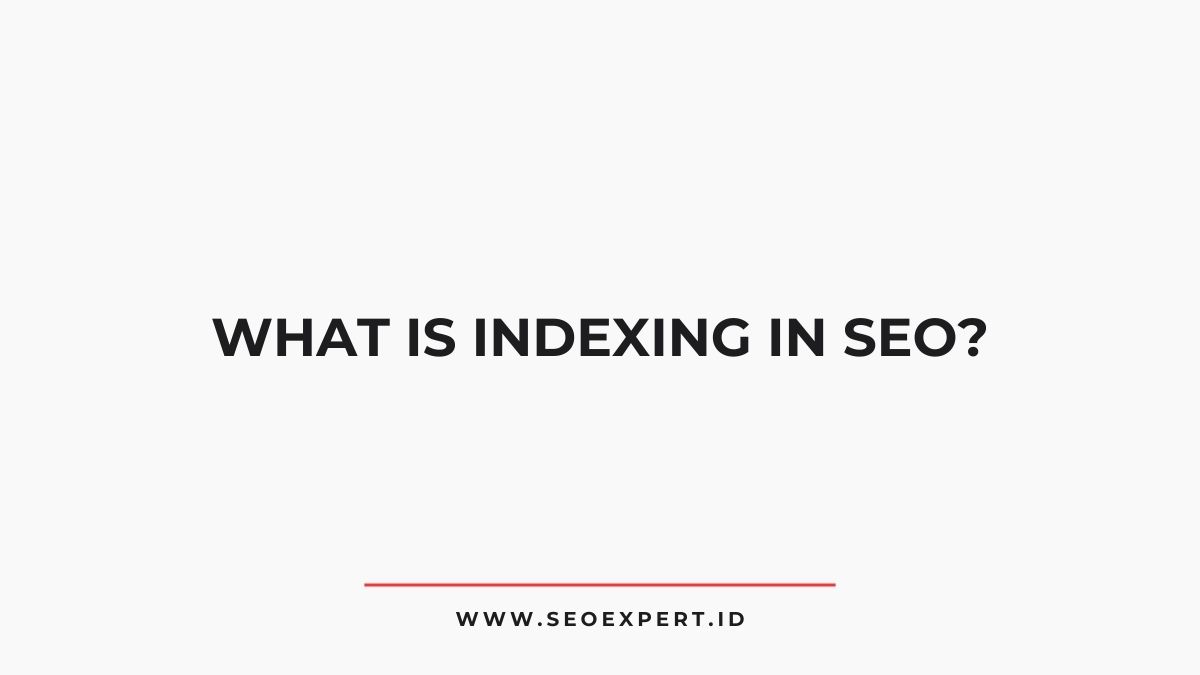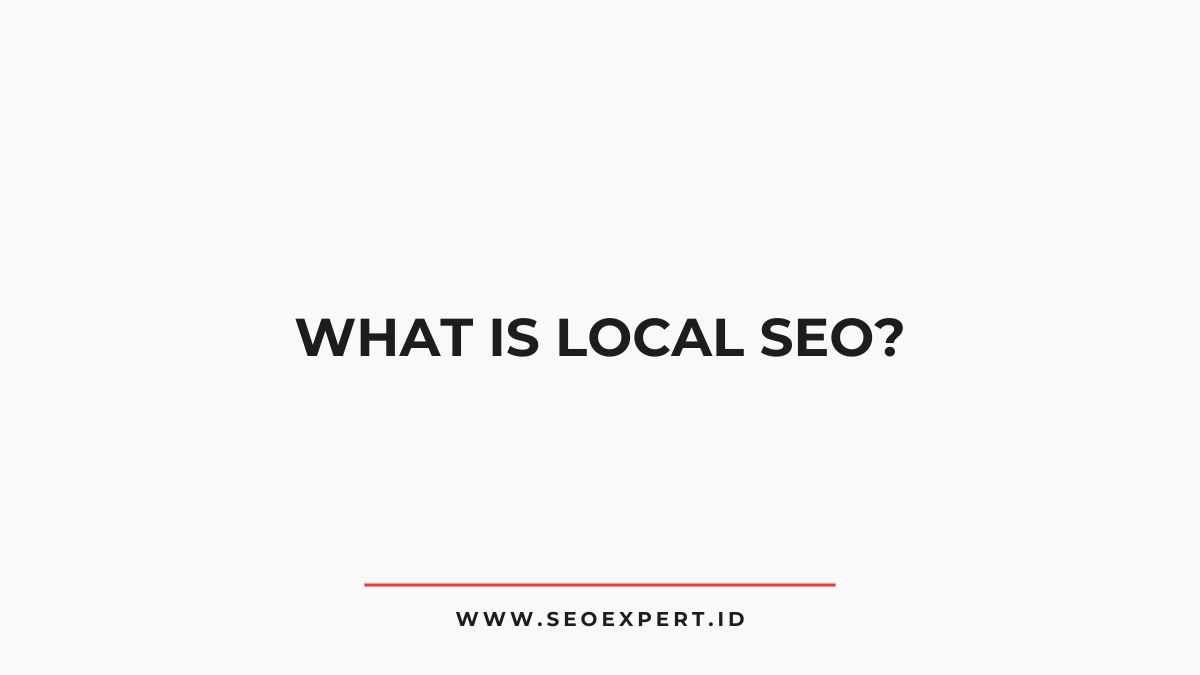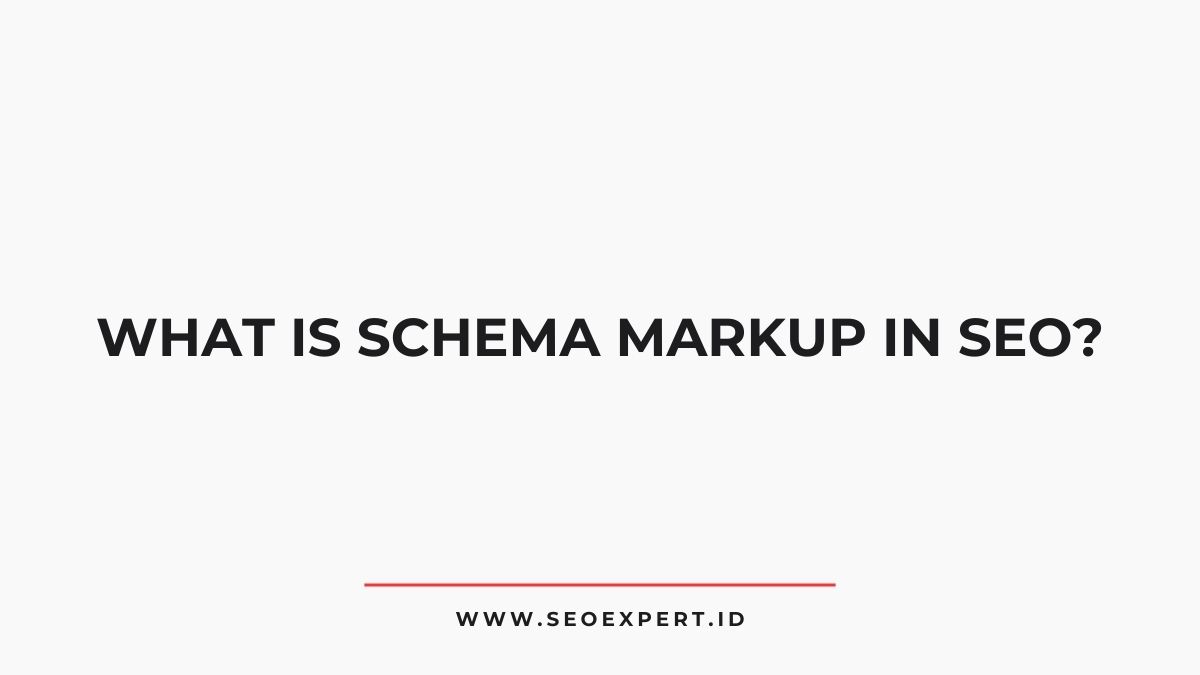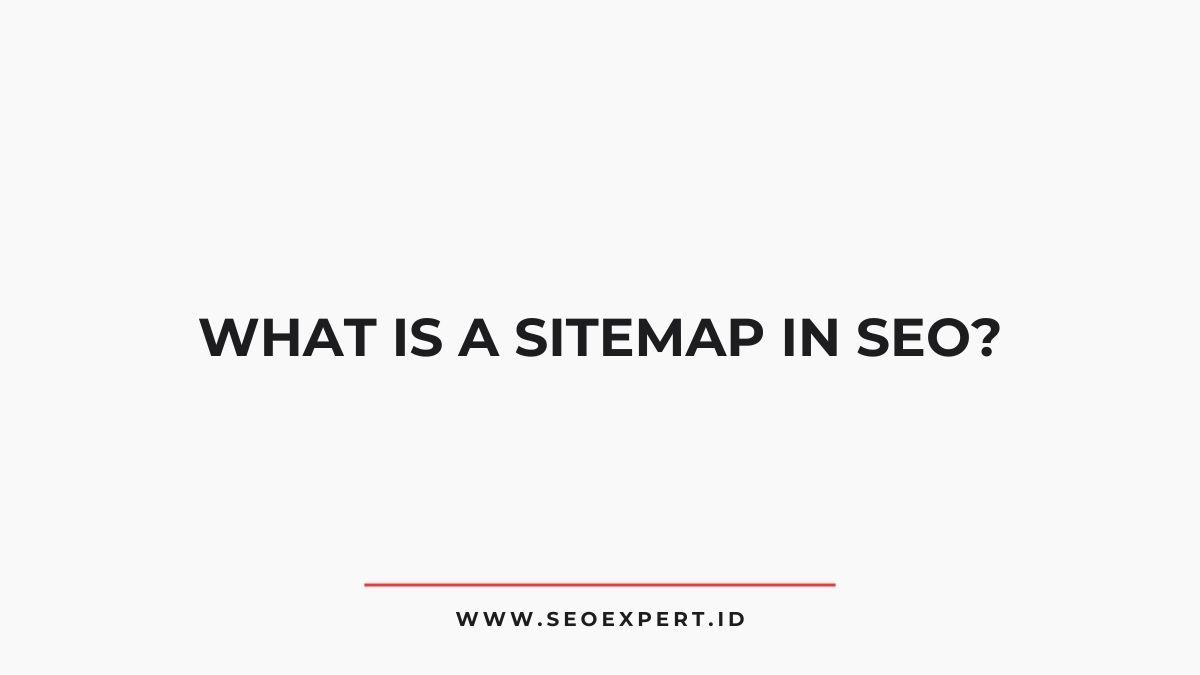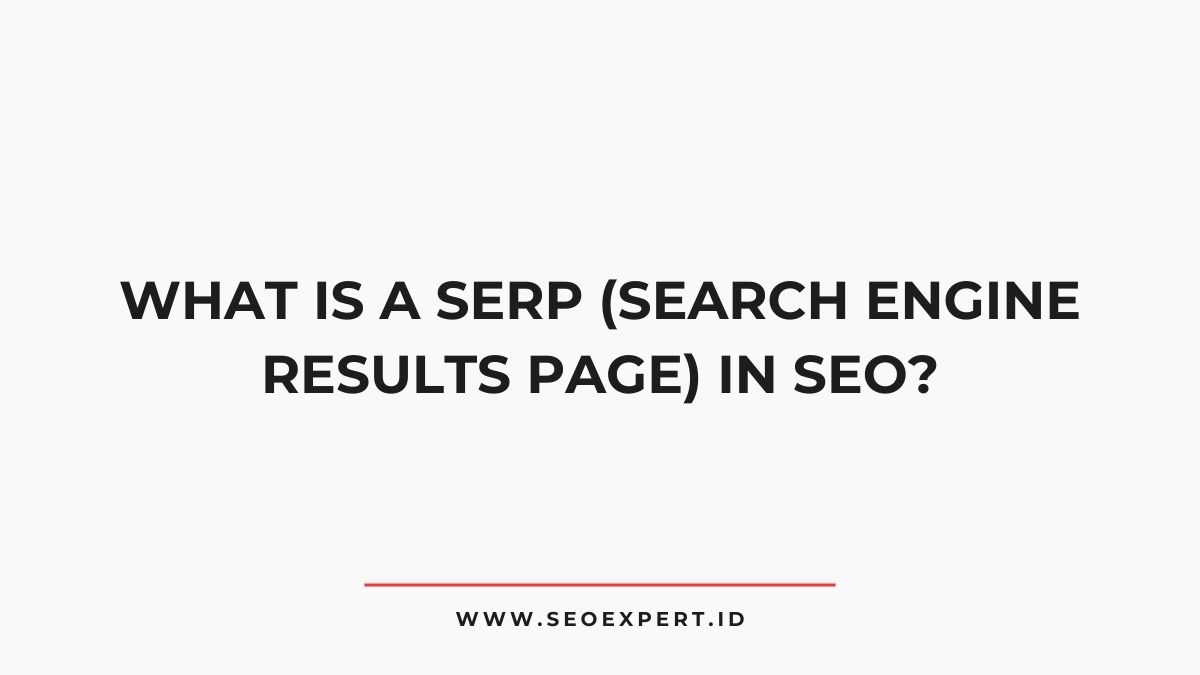An H3 tag is a key element in HTML that supports SEO by structuring content with a hierarchical approach. It enhances readability and assists search engines in identifying thematic relevance.
SEMRush
SEMrush is a fantastic SEO tool that can be used to carry out keyword research, including tracking the keyword strategy of your competitors.
By effectively using H3 tags, content can be organized into focused sections, improving user engagement and navigation.
Proper implementation includes using relevant keywords and maintaining a logical format. To fully grasp the strategic benefits and best practices for H3 tags, further exploration is necessary.
Key Takeaways
Hide- An H3 tag is an HTML heading element that helps organize content hierarchically.
- It enhances readability and allows users to skim content effectively.
- H3 tags improve SEO by incorporating relevant keywords within subsections.
- They provide a clear structure for search engines to index content logically.
- Proper use of H3 tags boosts user engagement through easy navigation of topics.
Understanding the H3 Tag
The H3 tag serves as a critical element in the hierarchy of HTML headings, playing an essential role in both content organization and search engine optimization (SEO).
Positioned beneath the H2 tag, the H3 tag aids in structuring content into manageable sections, consequently enhancing readability and user experience.
This logical segmentation allows search engines to better understand the thematic relevance of page content, which can contribute to improved rankings.
Additionally, H3 tags can incorporate relevant keywords, further signaling to search engines the subject matter of the text.
Proper utilization of H3 tags guarantees that content remains accessible and organized, fostering a safer browsing environment for users while optimizing visibility for webmasters.
Therefore, the H3 tag is pivotal in effective SEO strategies.
The Importance of Hierarchical Structure
A well-defined hierarchical structure is vital for both user engagement and search engine indexing. It provides a clear framework that facilitates navigation and comprehension, thereby enhancing the overall user experience.
This structure serves as a blueprint for content organization, ensuring that information is accessible and logically presented. Key components of a hierarchical structure include:
- Clarity: Clearly delineated sections help users locate information swiftly.
- Relevance: Each layer must align with user intent and contextual relevance.
- Scannability: Well-structured content allows for efficient skimming.
- Indexing: Search engines prioritize hierarchically organized content for better indexing.
- Accessibility: A logical flow aids users with varying levels of expertise in understanding the material.
Establishing this structure is vital for achieving ideal SEO outcomes.
Benefits of Using H3 Tags for SEO
Utilizing H3 tags in web content offers significant advantages for SEO.
These tags contribute to improved content structure and enhanced readability, facilitating a more organized presentation of information.
Consequently, employing H3 tags can effectively contribute to a website’s SEO ranking boost, making it a strategic element in content optimization.
Improved Content Structure
When content is organized using H3 tags, it enhances the overall structure and readability, allowing both search engines and users to navigate the material more effectively.
This strategic use of H3 tags contributes considerably to content organization, presenting several benefits:
- Clear Hierarchy: Establishes a logical flow of information.
- Focused Topics: Facilitates the segmentation of content into manageable sections.
- SEO Optimization: Improves keyword relevance within subsections.
- User Engagement: Encourages deeper exploration of content through easy navigation.
- Increased Scannability: Allows users to quickly identify relevant sections.
Enhanced Readability
Effective use of H3 tags greatly enhances readability by breaking down complex information into digestible sections.
By delineating subsections within a larger content framework, H3 tags facilitate easier navigation for readers, allowing them to locate relevant information with minimal effort.
This structured approach minimizes cognitive load, promoting better comprehension and retention of material.
Additionally, well-defined subsections can make content more visually appealing and less intimidating, which encourages engagement.
In an environment where users prioritize safety and efficiency, enhanced readability through H3 tags becomes a strategic asset.
SEO Ranking Boost
H3 tags serve as essential elements in optimizing content for search engines, greatly contributing to improved SEO rankings. Their strategic use can enhance both user experience and search engine visibility.
- Content Hierarchy: H3 tags help establish a clear structure, aiding search engines in understanding content relationships.
- Keyword Optimization: Including relevant keywords in H3 tags can boost page relevance for specific search queries.
- Improved Indexing: Search engines can more efficiently index content organized with H3 tags.
- User Engagement: Well-structured content retains user attention, reducing bounce rates, which positively impacts SEO.
- Rich Snippets: H3 tags may contribute to rich snippets, enhancing visibility in search results.
Utilizing H3 tags strategically provides a thorough approach to achieving higher SEO rankings.
Best Practices for Implementing H3 Tags
Implementing H3 tags effectively can greatly enhance a webpage’s SEO performance and user experience. To optimize H3 tags, it is essential to guarantee they are contextually relevant to the content they introduce.
Each H3 should encapsulate the primary theme of its subsection, facilitating both reader comprehension and search engine indexing.
Additionally, maintaining a logical hierarchy is critical; H3 tags should follow H2 tags sequentially without skipping levels. Utilizing targeted keywords within the H3 tags can further improve visibility.
Furthermore, keeping H3 tags concise—typically between 30 to 60 characters—promotes clarity. Finally, consistent formatting and styling contribute to a cohesive look, enhancing user engagement and fostering a sense of safety through structured information presentation.
Common Mistakes to Avoid With H3 Tags
One of the key aspects of optimizing H3 tags involves recognizing common pitfalls that can undermine their effectiveness. Understanding these mistakes is essential for ensuring proper SEO implementation and enhancing content structure.
Common errors include:
- Overusing H3 Tags: Excessive use can dilute their significance.
- Ignoring Hierarchical Structure: Misplacing H3 tags can confuse the content flow.
- Neglecting Keyword Relevance: Failing to incorporate pertinent keywords reduces visibility.
- Using Generic Titles: Vague H3 titles can disengage readers and weaken relevance.
- Inconsistent Formatting: Variability in style can detract from user experience and site professionalism.
Analyzing the Impact of H3 Tags on User Experience
How do H3 tags influence user experience on a webpage? H3 tags serve a critical role in content hierarchy, enhancing readability and navigability.
By clearly delineating subsections within the main content, they enable users to quickly identify relevant information, thereby reducing cognitive load.
This strategic use of H3 tags not only promotes efficient scanning but also fosters a user-friendly environment, encouraging longer engagement and minimizing bounce rates.
Clearly delineating subsections with H3 tags allows users to swiftly locate relevant information, enhancing engagement and reducing cognitive load.
Additionally, well-structured content that utilizes H3 tags effectively can lead to improved accessibility, allowing users with assistive technologies to navigate seamlessly.
Ultimately, the thoughtful application of H3 tags can greatly enhance overall user experience, ensuring both satisfaction and safety while interacting with web content.
Wrapping Up
To summarize, the H3 tag serves as an essential component in the structural hierarchy of web content, enhancing both SEO and user experience.
By strategically implementing H3 tags, webmasters can create a roadmap that guides users through their content as smoothly as a hot knife through butter.
Avoiding common pitfalls guarantees that the full potential of H3 tags is realized, ultimately leading to improved search engine visibility and user engagement.
